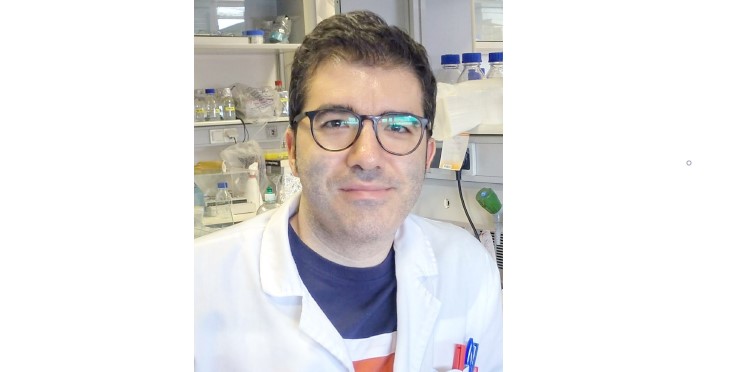VAV1 mutations act as cancer drivers in T cell lymphomas

Javier Robles Valero
Centro de Investigación del Cáncer (CIC-IBMCC), Salamanca.
VAV1 is a phosphorylation-regulated signaling protein that works as an activator of RHO GTPases and as an adaptor molecule that plays critical roles in the development, selection, and function of lymphocytes. Although the role of VAV1 in cancer has traditionally been associated with the upregulation of its encoded wild‐type protein, the recent finding of recurrent VAV1 mutations in peripheral T cell lymphoma (PTCL) and non-small cell lung cancer (NSCL) patients suggests that they can act as oncogenic drivers in different tumor types. However, the pathobiological significance of such mutations remains unsettled as yet. After cataloguing more than 50 VAV1 mutations found in cancer patients, we have found that they can be classified into different subtypes according to the functional impact induced on the main VAV1-dependent signaling branches. Using adoptive T cell transfer experiments in mice, we have also found that the expression of the most frequent VAV1 mutant can per se trigger the development of PTCL in vivo. This oncogenic role is due to the exacerbation of the physiological functions that wild-type VAV1 plays in T follicular helper cells, the T cell lineage from these tumors originate in patients. Moreover, we have shown that the tumors found in these mice have immunophenotypic and molecular features very similar to the cancer cells found in patients. Taken together, these results have allowed us to identify several VAV1 mutant subclasses that can potentially induce different clinical features in patients. They have also demonstrated that at least some of these mutations can work autonomously as oncogenic drivers in vivo. Lastly, the experimental models developed in this work can be used in the near future to further understand the etiology of human PTCL and to test new therapies against them.

